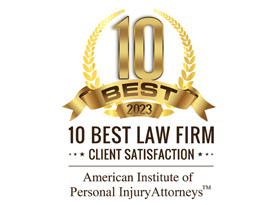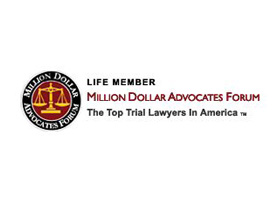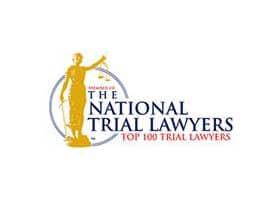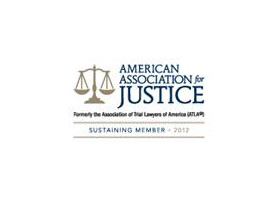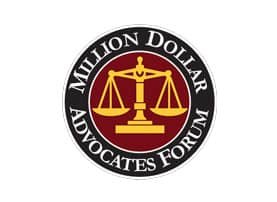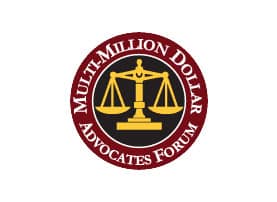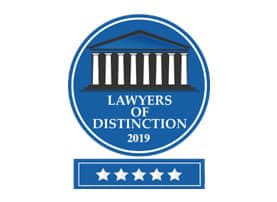Determining Liability in Merging Accidents
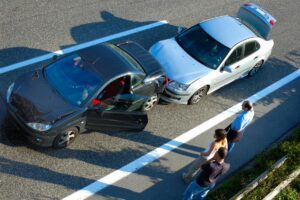 When we think of motor vehicle accidents, we typically imagine rear-end crashes (the most common), T-bones, or head-on collisions. But the National Highway traffic safety Administration reports that more than 500,000 accidents—about 10% of all annual wrecks—are the result of illegal or careless lane changing or merging. It’s usually relatively simple to determine who caused a rear-ender, T-bone, or a head-on collision, but establishing fault in a merging accident can be more complicated.
When we think of motor vehicle accidents, we typically imagine rear-end crashes (the most common), T-bones, or head-on collisions. But the National Highway traffic safety Administration reports that more than 500,000 accidents—about 10% of all annual wrecks—are the result of illegal or careless lane changing or merging. It’s usually relatively simple to determine who caused a rear-ender, T-bone, or a head-on collision, but establishing fault in a merging accident can be more complicated.
To determine liability, courts and juries apply the principles of negligence. Under the legal theory of negligence, every driver has the duty to use reasonable care when operating a motor vehicle. Accordingly, a person merging onto a highway must act as a reasonable person would.
But when a driver is merging, what is considered reasonable conduct? Unfortunately, the laws do not specifically identify what is reasonable and what is not. Reasonableness is determined by the jury, who ask what an “average person of ordinary prudence” would do in a similar situation and decide whether the parties followed that standard.
Note that the jury can look at the conduct of all parties to a merging accident to determine potential liability. With respect to the merging driver, the jury may consider whether:
- The driver looked before entering the highway;
- The driver entered the highway at too high a rate of speed;
- The drive entered the highway at too slow a rate of speed;
- The driver failed to take road conditions into consideration—construction or weather conditions, for example; or
- The driver was distracted by a handheld device or other factor.
The jury also can look at the response of the motorist already on the road:
- Did that motorist accelerate to prevent the other party from merging?
- Did that motorist have a reasonable opportunity to decelerate or change lanes to avoid the accident?
- Was that motorist distracted, preventing him from taking reasonable evasive action?
In conclusion, either party (or both parties) to a merging accident may be liable, based on whether or not their actions meet the standard of care.
Contact Howard D. Popper, P.C.
For a free initial consultation to discuss your options after a motor vehicle accident, contact our office online or 973-993-8787 to set up anappointment. We have offices in Morristown and Newton. Currently, all our client communications are by phone, text message, or videoconference.
We handle all motor vehicle accident claims on a contingent fee basis. You won’t pay any attorney fees unless we recover damages for your losses.



